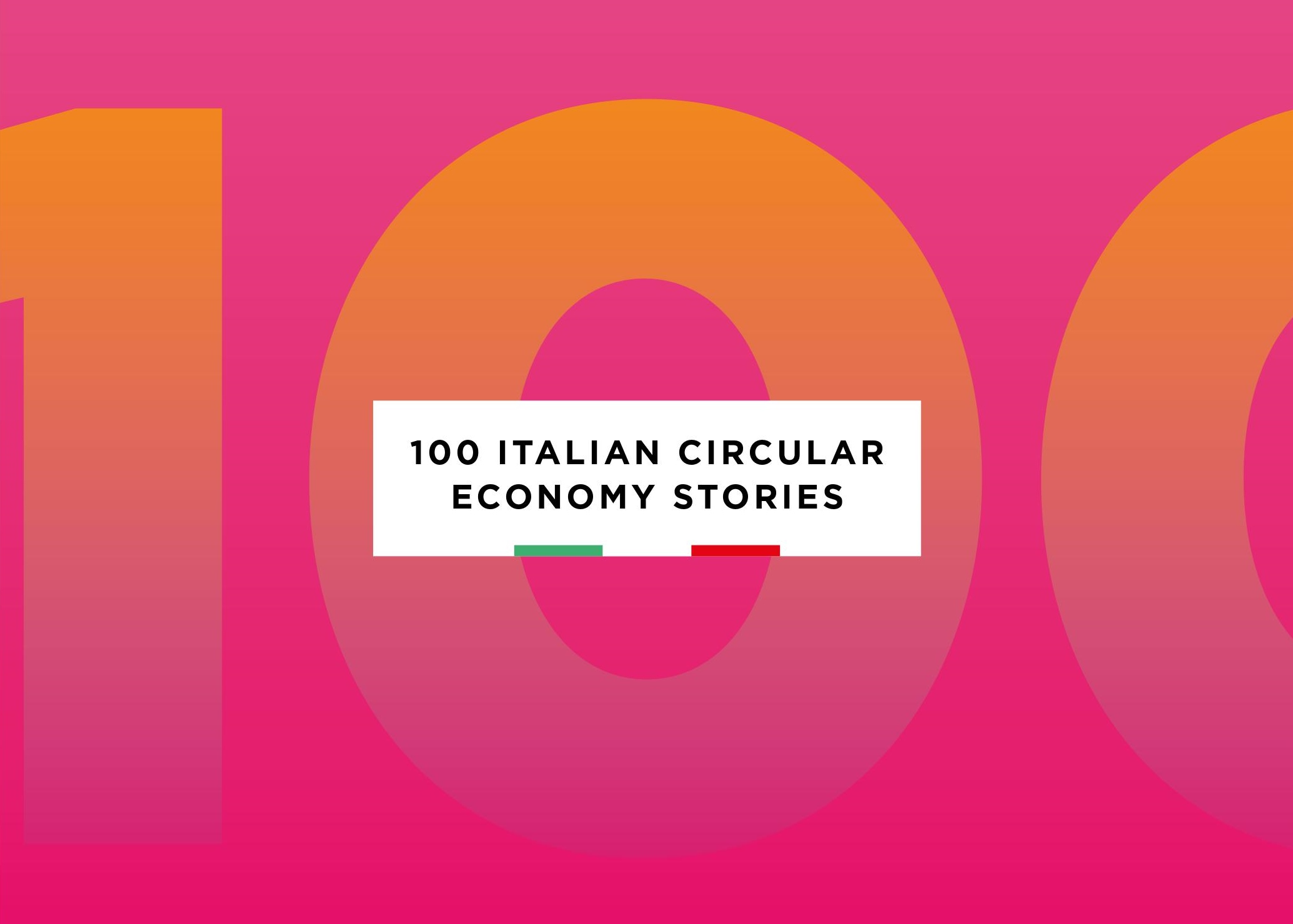
 Fondazione Symbola
Fondazione Symbola
Italian report: 100 Italian Circular Economies Stories
- WTI Magazine #101 Mar 17, 2018
-

 Fondazione Symbola
Fondazione Symbola
Environmental challenges point to new opportunities that, thanks also to Italian manufacturing traditions, are within our country's grasp: the circular economy is one of the most exciting and promising of these opportunities. Italy – poor in natural resources – has always striven to make more efficient, intelligent and innovative use of materials, from scrap metal in Brescia to rags in Prato and waste paper in Lucca, implementing what today we call the circular economy.
Thanks to these virtuous traditions and our nation's flair for turning limitations into opportunities, we are one of the most advanced countries in both the green and the circular economies.
Eurostat data on major European countries shows that Italy is the nation with the highest level of circular materials (secondary raw materials) used by the manufacturing system: almost a fifth of the total (18.5%), well ahead of Germany (10.7%), which is the only country with a stronger manufacturing sector than Italy. With 256.3 tons per million euros, a figure almost half that of 2008 and much lower than that of Germany (423.6), we are the most efficient major European country in material consumption after Great Britain (which employs 223.4 tons of material per million euros, but which also has an economy based more on the financial sector). We are second after Germany (59.2 million tons) for industrial recycling with 48.5 million tons of non-hazardous waste sent for recycling (better than France, 29.9 Mt, United Kingdom, 29.9 Mt, and Spain, 27Mt). This materials recovery delivers primary energy savings that are equivalent to more than 17 million tons of crude oil per year and saves CO₂ emissions of around 60 million tons (data provided by Ambiente Italia research institute).
What we set out to show in this volume is a side of Italy – made up of companies, research centres and non-profit organisations – which is often little-known, but which has allowed the country to enjoy such success by embracing the circular economy, in many cases ahead of regulation, which tends to trail behind changes in society and the economy. These results can be attributed to a virtuous synergy between innovation by companies, research and training by universities and the promotion of a new manufacturing model by business associations and consortia.
The 100 subjects featured in our paper (just a taste of those that actually exist) allow us to piece together a profile of the vast array of products "made in Italy"; products synonymous with beauty and quality, but also innovation and sustainability. More in line with the UN's sustainable development goals.
The greater efficiency that characterises most of the subjects surveyed translates into lower production costs for Italy, not to mention reduced.
dependence on other countries for resources, as well as greater competitiveness and innovation, including in the technologies of Industry 4.0. All sectors and supply chains are involved, from agriculture and clothing to design and mechanical engineering (with the design of machine tools increasingly oriented at efficiency and materials recovery, another area in which we lead the world) from chemicals to home furnishings.
From products made from a great variety of waste materials (old mooring posts from the Venice lagoon, citrus fruit pulp, plastic bottles), to the regeneration of household appliances, the reuse of clothing (perhaps offering those in need a fresh opportunity) or to the production of bioplastics.
And what's new is that the circular economy – whereby one company's waste materials become another's raw materials – fosters close ties between the various supply chains, changing the nature of their relationships: it creates new opportunities for that collaborative capacity which, as our manufacturing districts clearly show, forms part of the DNA of our entire production system. The circular economy renews and enriches our natural flair for design.
The crucial theme of design for prolonging the life of products, for reuse and recycling, and that of secondary raw materials which form the heart of the circular economy not only offer efficiencies and synergies between supply chains, but also new opportunities for the Italian resourcefulness and creativity, as the cross-section of circular Italian manufacturing in the following pages clearly shows. We are talking about new processes, new products, new skills that universities are creating and introducing on the market for companies to use. So the circular economy, spanning many different fronts, offers new lifeblood for the green economy and Italian manufacturing.
The one hundred paragons of excellence you will read about in the book describe a country which, despite many problems and delays, is leading the way when it comes to crucial issues such as environmental sustainability, management of precious resources and climate change. Today's environmental challenges call for research, innovation, technologies, know-how, training: ultimately, the overall competitiveness of our entire "country system".
A hundred examples of excellence which, if we look closely at their key characteristics, tell of Italy’s innovation story, in respect of its essence and traditions. They tell of a model of economy and society that is more sustainable, more competitive and fairer, that could represent the Italian response to the burning issues posed for the Planet by the present and the future.
By Francesco Starace (CEO and General Director of ENEL) and Ermete Realacci (President of Symbola Foundation)